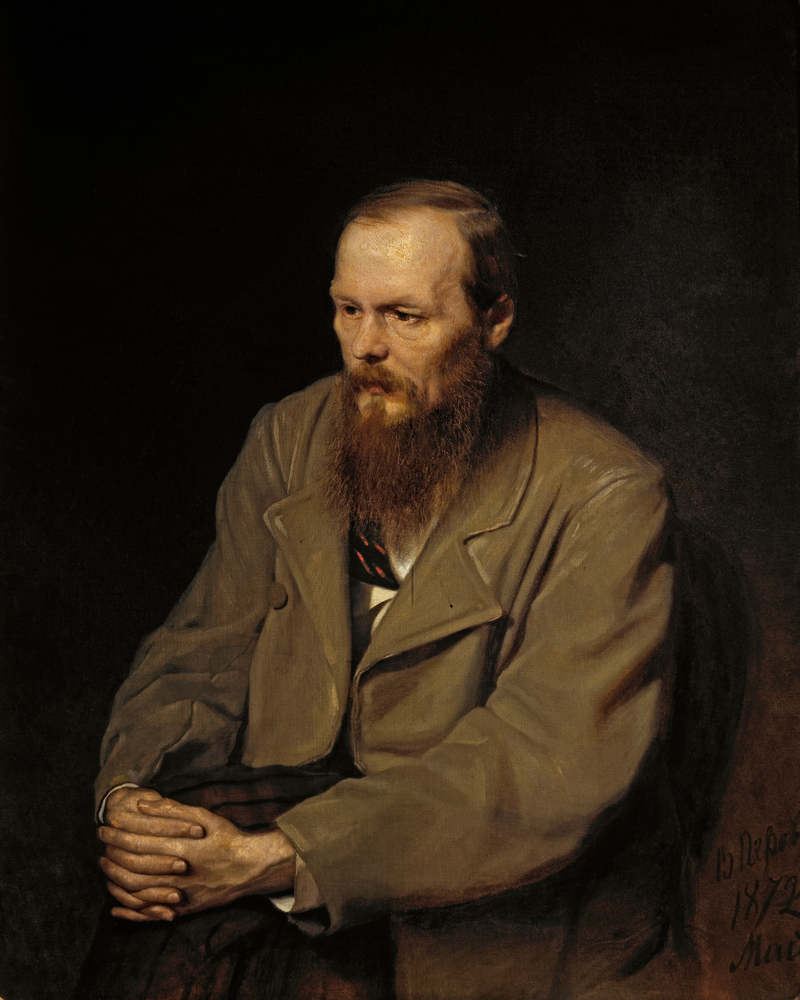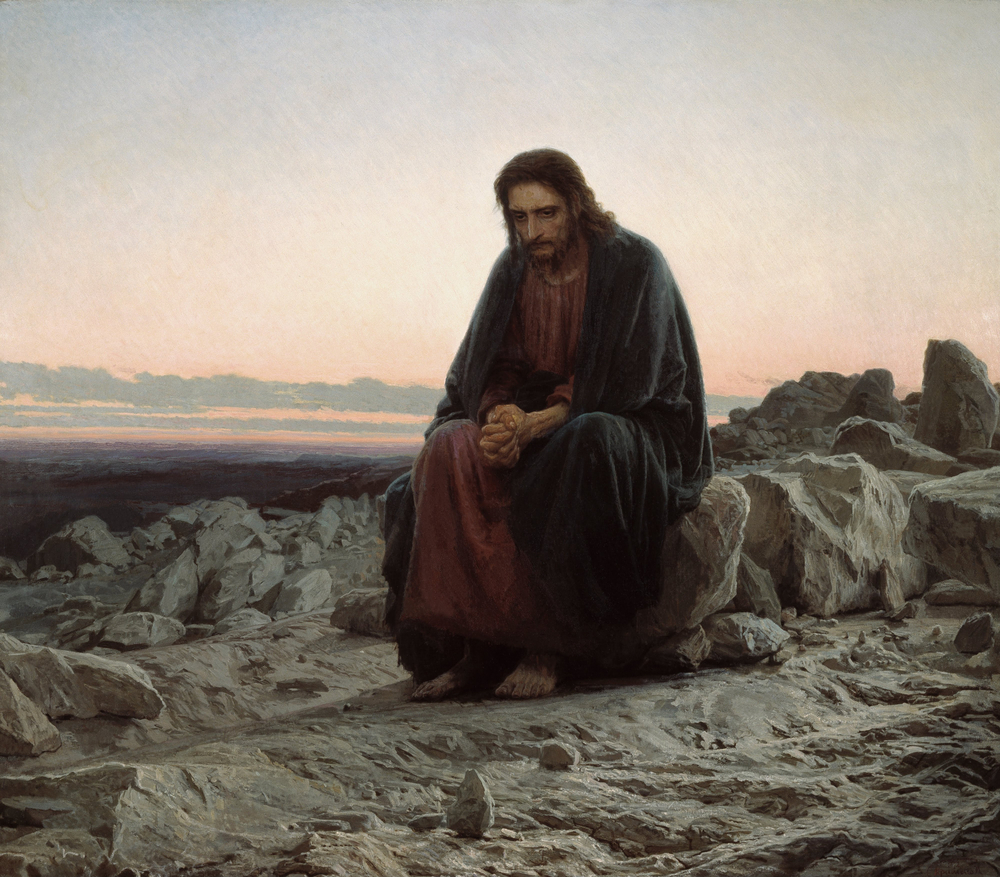The portrait of Fyodor Mikhailovich Dostoevsky created by Vasily Perov in 1872 is rightfully considered one of artist’s greatest achievements
Oksana Kopenkina, art analyst, founder of the Arts Diary & Pad website
Thinking about Fyodor Mikhailovich Dostoevsky, we first of all remember his portrait created by Vasily Perov. Many photographs of the writer have survived. However we remember exactly that pictorial image. What is the artist’s secret? How did he manage to paint such a unique portrait?

Perov’s characters were surprisingly memorable and vivid. The artist, like a true Itinerant, valued the truth. If we were to show human vices, then it should be done with merciless honesty. And if you portray how children suffer, then do not soften the blow to the kind heart of the viewer.
Then it is not surprising that Pavel Tretyakov, patron of art, collector, and philanthropist who gave his name to the Tretyakov Gallery, chose Perov as an inveterate lover of truth, to paint Dostoevsky’s portrait. The patron attached great importance to truthfulness in painting. He said that he would buy even a painting depicting an ordinary puddle, if only it was true. Tretyakov highly appreciated the work of Perov and often bought his paintings. In the early 1870s Tretyakov sent him a request to paint several portraits of the great people of Russia. Including Dostoevsky.
Working on the portrait of Dostoevsky
Dostoevsky was working on his novel Demons, while Perov was painting his portrait. Of course, the artist avoided to flatter Dostoevsky or embellish his appearance. The face was the main focus. All adversity and illness affected it – uneven color, swollen eyelids, pronounced cheekbones… The writer was wearing a baggy, worn jacket made of cheap dark fabric. It could not hide the sunken chest and stooped shoulders of a person worn out by disease.
The look of the writer, who is completely immersed in his thoughts, conveys the special state of his soul. And the main thing that the artist manages to grasp is that the whole world of Dostoevsky is concentrated in himself. He is detached from everything external, he cares little about it.
Fyodor Mikhailovich’s arms being crossed on his knees, strengthen such isolation and concentration. Swollen veins tell us about internal stress.
Yes, Demons were not easy for the writer.
The writer’s wife Anna Grigorievna Dostoevskaya (née Snitkina) recalled:
“In the same winter, Pavel Tretyakov, the owner of the famous Moscow Art Gallery, asked my husband to give him the opportunity to paint his portrait for the gallery. For this purpose, the famous artist Vasily Perov came from Moscow.
Before starting work, Perov visited us every day during a week finding Fyodor Mikhailovich in the most varied moods, talked to him, provoked disputes and managed to notice the most characteristic expression on the face of my husband, exactly the one that Fyodor Mikhailovich had when he was immersed in artistic thoughts. One could say that Perov captured “a moment of Dostoevsky’s creativity” in the portrait. I noticed such an expression many times on the face of Fyodor Mikhailovich, when I used to walk in, notice that he seemed to be “looking inward” and leave him without saying anything. Then I learned that Fyodor Mikhailovich was so busy with his thoughts that he did not even notice my arrival and did not believe that I visited him.

Perov was an intelligent and nice person, and my husband loved to talk to him. I have always been present at the painting sessions and have retained the kindest memories of Perov”.
A month after the death of Dostoevsky, Ivan Kramskoi wrote in the article “About the portrait of F. M. Dostoevsky”:
“This portrait is not only the best portrait of Perov, but also one of the best portraits of the Russian art school in general. In it, all the artist’s strengths are evident: his character, power of expression, huge profile and, which is especially rare and even, one might say, the only time that Perov met – this is colour. His colours have always been fresh and strong, all his works are distinguished by that, but strong colours are not yet colour. The decisiveness of the shadows and some kind of sharpness and energy of the contours being always inherent in his paintings, are softened in this portrait by an amazing colour and harmony of tones; looking at it, positively, you do not know what to be more surprised at, but as the main advantage remains, of course, the expression of the character of the famous writer and person. He is so happily seated, the head position is taken so boldly, there is so much expression in his eyes and lips and there is such a complete likeness that one can only rejoice.
One thing that can be said by us, his contemporaries, is that a single portrait of Dostoevsky is not enough. He had lived a lot more after the portrait – not in the sense of time, but in the sense of his creative life. Over the recent years, his face became even more significant, even deeper and more tragic, and it is a pity that there is no portrait of the last time equal to Perov’s one compared in artistic merit”.
“Christ in the Desert” by Ivan Kramskoi
It is easy to notice the similarities between Perov’s work and Kramskoi’s painting “Christ in the Desert”. Both paintings were created in 1872 and shown to the public during same touring exhibition. Was it by chance that Perov portrayed the writer so similar to Kramskoi’s Christ?.. In any case, such a coincidence of images is very eloquent.
The portrait of Fyodor Mikhailovich Dostoevsky created by Vasily Perov is rightfully considered one of artist’s greatest achievements. The portrait is true. This is how Perov loved it. And how Tretyakov wished. And with which Dostoevsky agreed.




